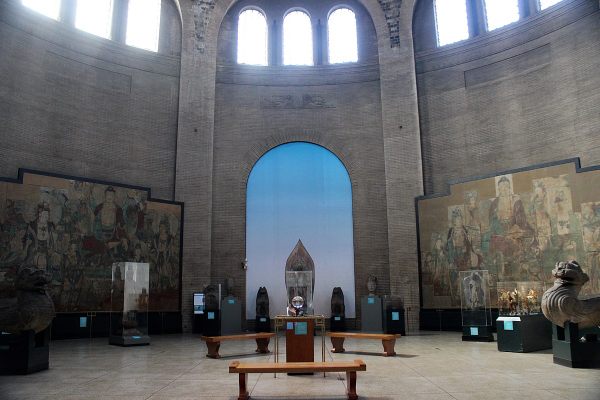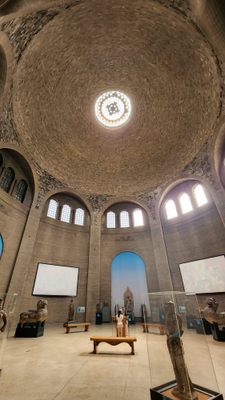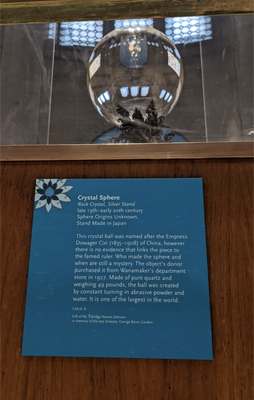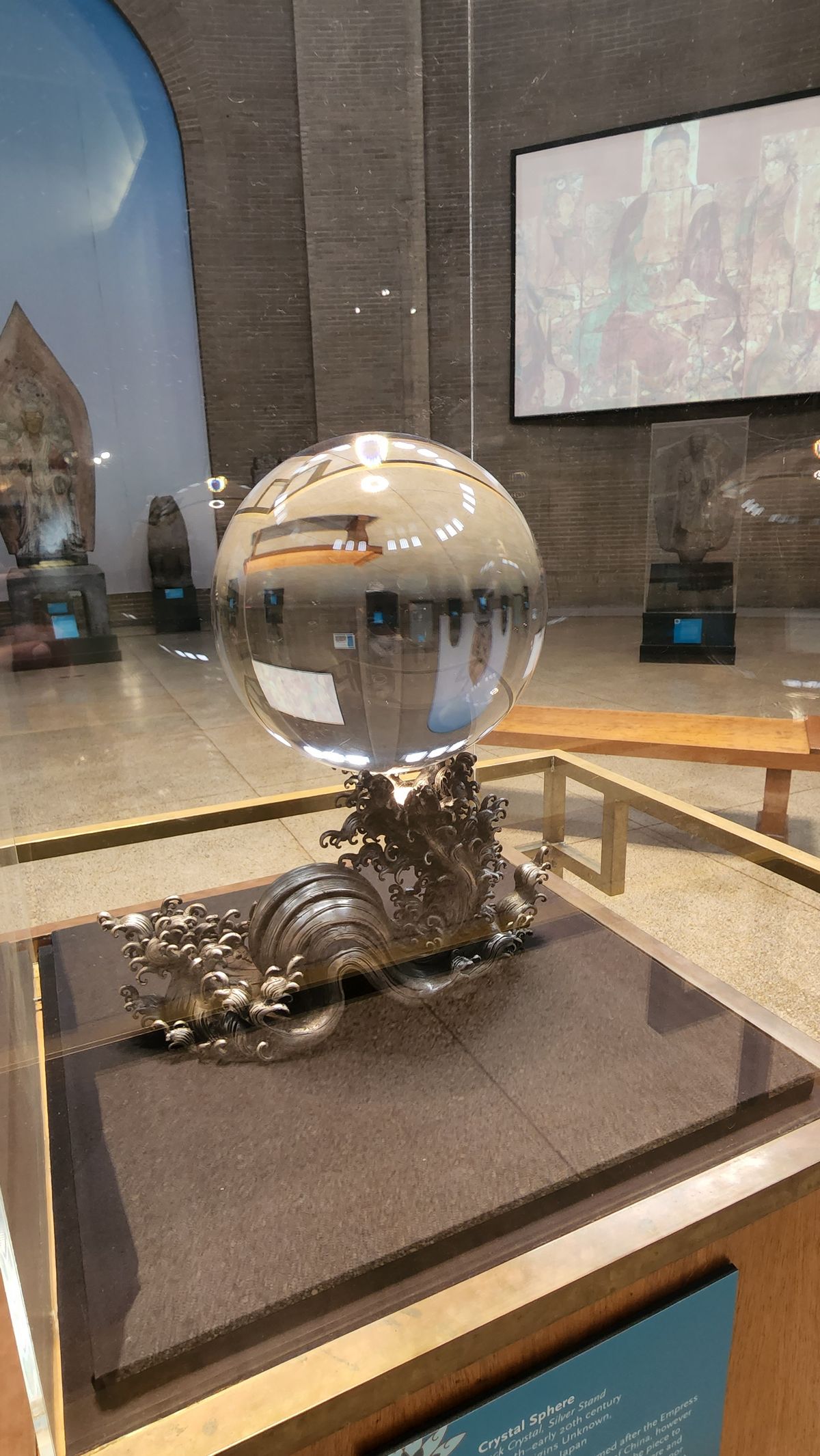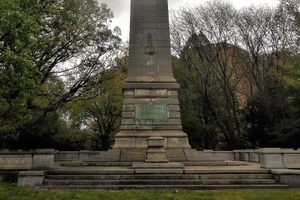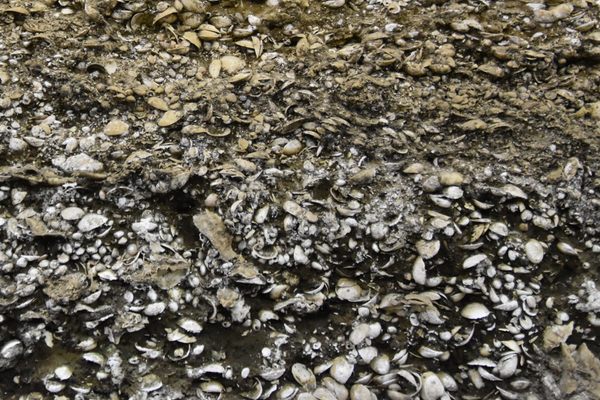About
Grandly displayed in the Penn Museum at the University of Pennsylvania, this crystal ball supposedly belonged to the Dowager Empress Cixi who controlled China during the Qing dynasty. It is the world's third-largest crystal sphere, weighing 49 pounds with a diameter of 10 inches.
This intriguing object consists of pure quartz crystal shaped into a sphere by years of constant immersion and rotation in water and coarse powders, in a semi-cylindrically shaped bowl. Despite the supposed connection to the Chinese dowager empress, nobody knows for sure exactly where the sphere originated (some suggest Myanmar, others China). But eventually it ended up in the Wanamaker's Department Store catalog, where it was described as coming from the Forbidden City in Beijing, then wandering the Asian continent for a period of time, and ultimately winding up in Shanghai where the Wanamaker Antique Department scooped it up and brought it to Philadelphia.
There, in 1927, the crystal ball was bought by the Penn Museum along with 25 other objects of Chinese origin, including vases, screens, and statues. (Its silver stand is most definitely not original, judging by the curious "Made in Japan" marking in English on the underside.) Thus the crystal ball sat in the Chinese Rotunda of the Penn Museum for 61 years, until one night, while the security system was off and an event underway, the ball (worth then approximately $200,000), its stand, and a nearby ancient statue of Osiris disappeared.
The stand was found the next day next to the city's South Street Bridge, but without the ball. Some say the 20-inch bronze statue from ancient Egypt had been used to smash the case, and eventually was found, three years later, in a South Philadelphia pawn shop. This discovery then led the FBI to the crystal ball in the home of a New Jersey occultist, who, after getting sunburns from placing the ball by her window, gave it to her husband, who used it as a hat stand. All three objects made it back to the museum, and now the crystal ball, which is one of the museum's biggest attractions, is under constant surveillance in a bulletproof case.
Related Tags
Know Before You Go
The Penn Museum is open every day except Mondays, from 10 a.m. to 5 p.m. It is handicap accessible and offers multilingual guided tours and audio tours. Admission is $15 for Adults with discounts for students and children, and is free for servicemembers, infants, members, and University of Pennsylvania staff and students.
Community Contributors
Added By
Published
April 18, 2019
Sources
- https://www.penn.museum/collections/accessionlot.php?irn=3651
- https://www.penn.museum/sites/expedition/the-purchase-theft-and-recovery-of-the-crystal-ball/
- https://www.penn.museum/collections/highlights/asian/crystalball.php
- https://www.theartblog.org/2018/01/the-improbable-journey-of-a-crystal-ball-the-penn-museums-dowager-empress/
- https://www.apnews.com/fd344eb7efe1525b3f649d5d91cc60f7
